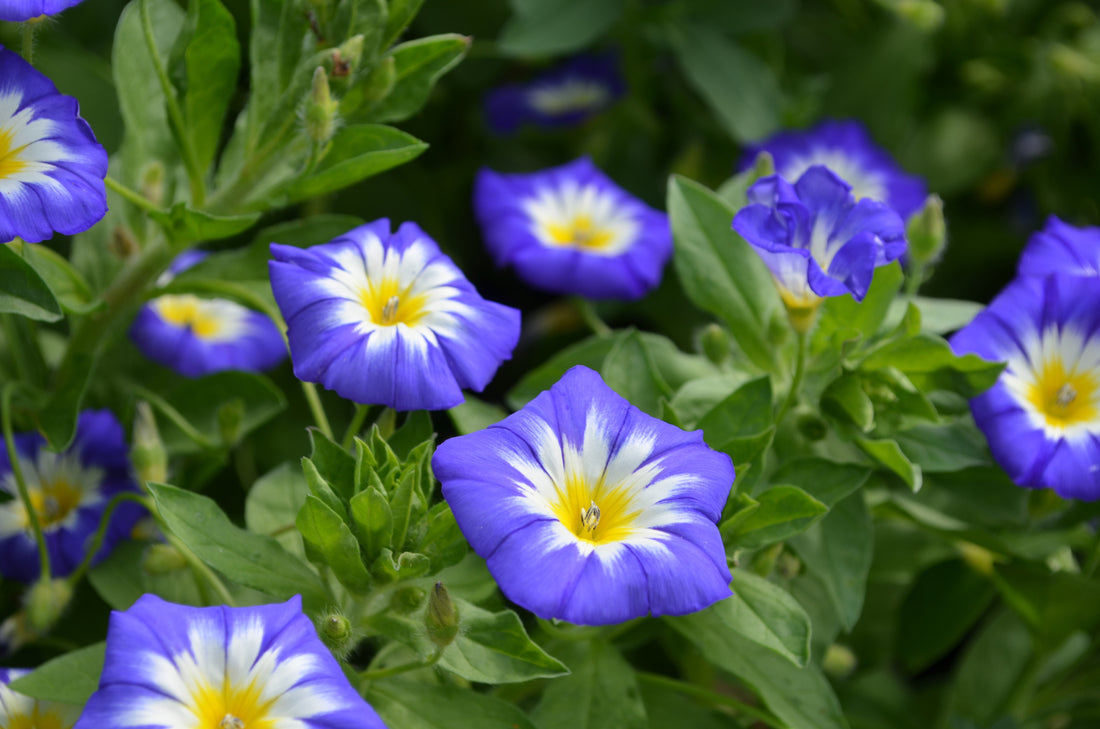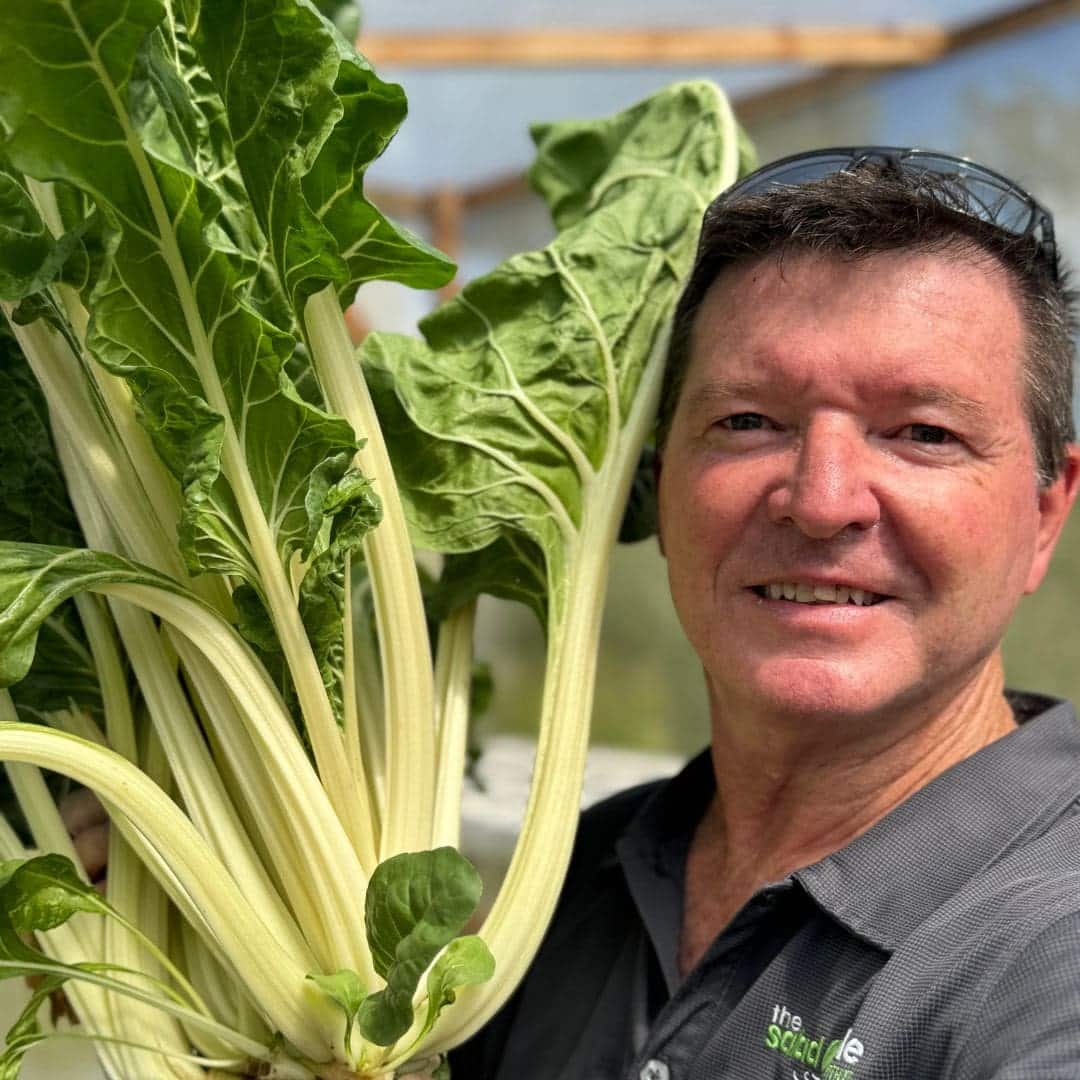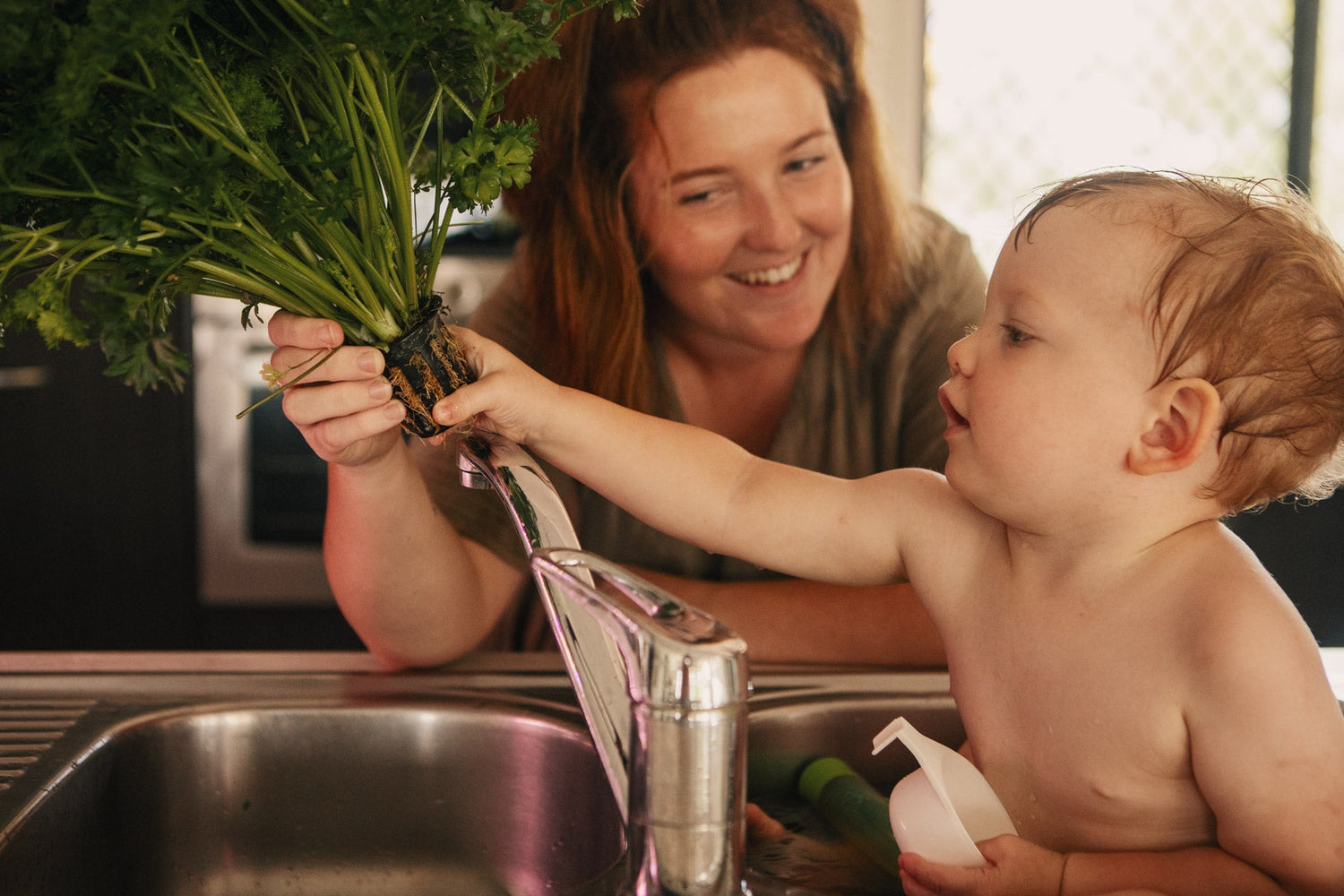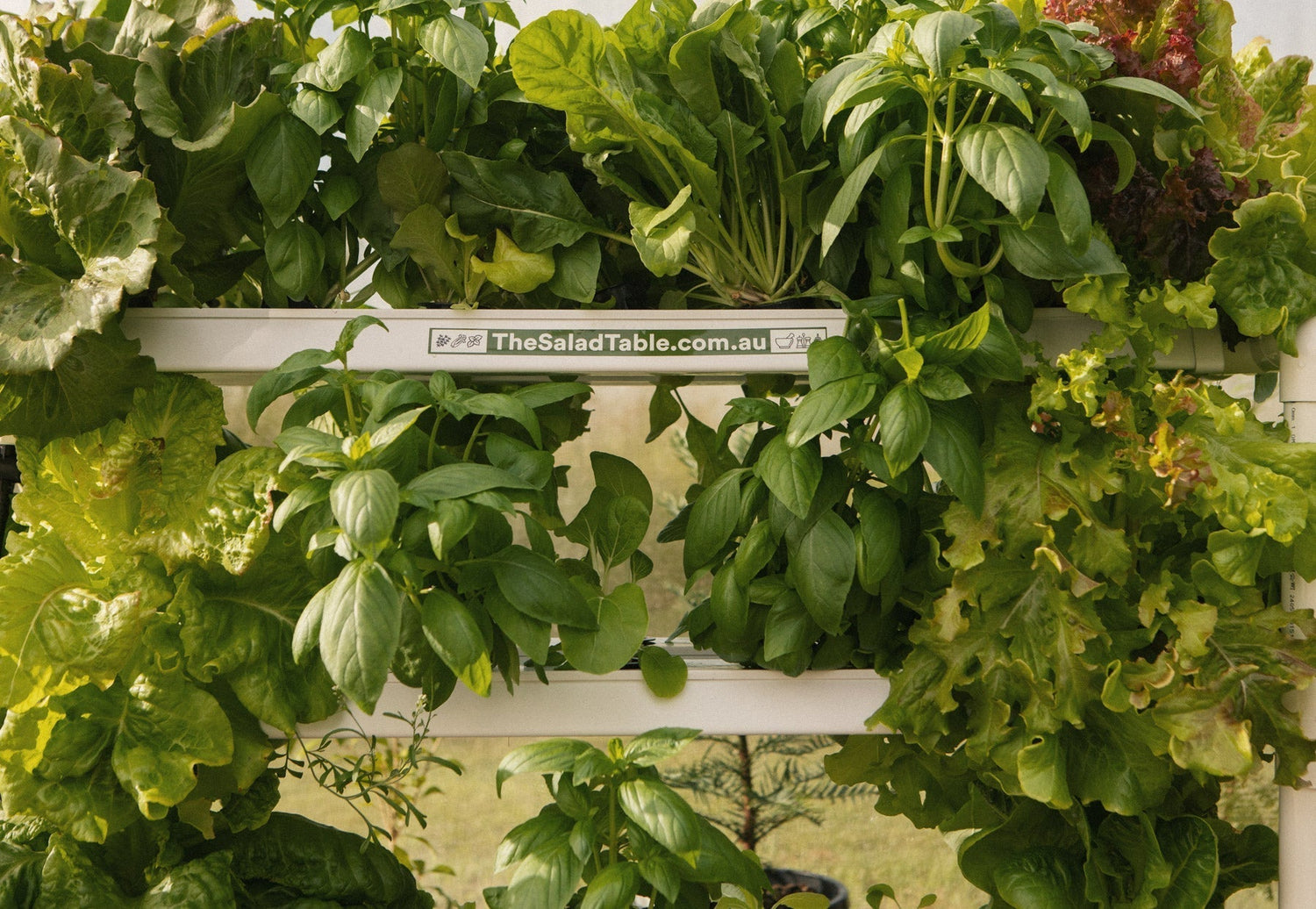Winter in Australia might bring cooler temperatures, but it doesn't have to stop you from growing. With hydroponics, you can plant different edible flowers right on your Salad Table, bringing both aesthetic appeal and delightful flavors to your winter meals. Here's a guide to some fantastic edible winter flowers that thrive in a hydroponic setup.
1. Nasturtiums
Nasturtiums are an excellent choice for gardens and hydroponic systems due to their vibrant colors and ease of growth but also a culinary gem. These edible flowers and leaves offer a unique peppery flavor that can elevate a variety of dishes. Let’s explore the delightful attributes of nasturtiums, their taste profile, and how they can enhance your culinary creations.
Taste Profile of Nasturtiums
Nasturtiums have a distinct peppery flavor like watercress or radishes. The flowers are slightly milder than the leaves but still carry a noticeable spiciness. This unique taste adds a zesty kick to dishes, making nasturtiums a versatile ingredient in both savory and sweet recipes.
Culinary Uses:
- Add flowers to salads for a spicy kick.
- Use leaves in pesto or as a garnish.
- Pickle the seeds as a caper substitute.
2. Violas
Violas also known as Johnny-jump-ups, are small but mighty flowers that bring a touch of elegance and a subtle, sweet flavor to culinary creations. These charming flowers are perfect for hydroponic growing, especially during the winter months in Australia. They are well-suited to hydroponic growth and can brighten up your Salad Table.
Taste Profile of Violas
Violas have a delicate, mild flavor with a slight sweetness and hints of wintergreen or a faint mintiness. The taste is subtle enough to complement both sweet and savory dishes without overpowering other ingredients. Their tender petals add a gentle texture, enhancing the sensory experience of any dish.
Culinary Uses:
- Decorate desserts and pastries.
- Add to salads for a splash of color.
- Freeze in ice cubes for decorative drinks.
3. Calendula
Calendula, also known as pot marigold, is not just a beautiful addition to your Salad Table; it's also a versatile and flavorful edible flower. With its vibrant color and slightly peppery taste, calendula can elevate a variety of dishes, adding both visual appeal and a unique flavor. Let's explore the delightful attributes of calendula, its taste profile, and how it can enhance your culinary creations.
Taste Profile of Calendula
Calendula petals have a mild, slightly peppery flavor with subtle citrus undertones. The taste is reminiscent of saffron, adding a hint of spice and warmth to dishes without overpowering other flavors. This delicate flavor profile makes calendula a versatile ingredient in both sweet and savory recipes.
Culinary Uses:
- Petals can be used in salads, soups, and stews.
- Infuse in oils for a unique flavor.
- Use to color and flavor rice dishes.
4. Borage
Borage is a striking plant with star-shaped blue flowers that not only adds a visual appeal to your garden but also brings a unique, refreshing flavor to your culinary creations. This hardy flower is a perfect choice for your hydroponic salad table, especially during the winter months in Australia. Let's explore the delightful attributes of borage, its taste profile, and how it can elevate your dishes.
Taste Profile of Borage
Borage flowers have a distinct, mild cucumber flavor with a slightly sweet undertone. This refreshing taste makes them an excellent addition to a variety of dishes, both sweet and savory. The flowers and young leaves of borage can be used in cooking, offering a unique twist to traditional recipes.
Culinary Uses:
- Garnish chilled soups like gazpacho or cucumber soup with borage flowers.
- Add chopped leaves to soups and stews during cooking for a refreshing flavor.
- Use as a garnish for creamy soups to add a touch of color and a fresh taste.
- Infuse leaves and flowers in water or lemonade for a refreshing, cucumber-flavored drink.
- Decorate cakes, cupcakes, and pastries with borage flowers for a natural, elegant look.
- Freeze flowers in ice cubes to add a decorative touch to dessert drinks.
- Infuse in syrups and use in sorbets or ice creams for a unique flavor.
5. Pansies
Pansies are colorful and edible. They have a mild, slightly sweet flavor with hints of wintergreen, making them versatile enough to complement both savory and sweet dishes. The petals are tender and add a delicate texture, while their subtle taste ensures they enhance rather than overpower the other ingredients in a dish. They are an excellent choice for hydroponic systems, especially in cooler months.
Taste Profile of Pansies
Pansies have a mild, slightly sweet flavor with hints of wintergreen or a faint mintiness, making them versatile enough to complement both savory and sweet dishes. The petals are tender and add a delicate texture, while their subtle taste ensures they enhance rather than overpower the other ingredients in a dish.
Culinary Uses:
- Decorate cakes and cookies.
- Add to salads for visual appeal.
- Use in herb butters or cream cheese spreads.
Growing edible flowers on hydroponics allows you to enjoy fresh, vibrant blooms even during the Australian winter. Nasturtiums, violas, calendulas, borage, and pansies are perfect choices for this setup. Not only do they bring beauty to your home, but they also add unique flavors to your culinary creations all winter long. Start growing today and explore endless possibilities with The Salad Table!





